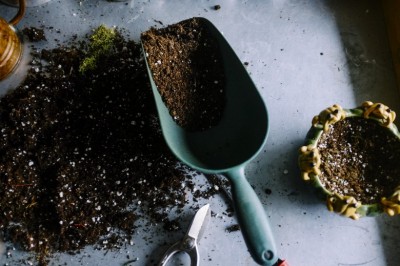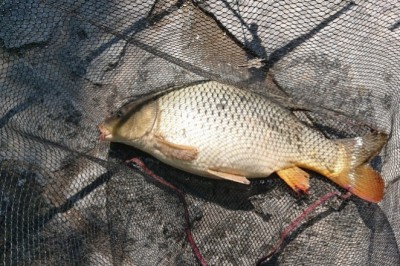Growing Pomegranate Trees In Florida
First, a little about the pomegranate tree, also called Punica granatum. It is dense in nature and a deciduous plant that grows bushy, especially if not cared for properly. Training, as with everything in life, is best done when the tree is small - it can grow up to 20 feet tall - so read carefully and dont skip steps when it comes to the care of this tree. The best pomegranate fruits are produced in areas with cool winters and with hot, dry summers. Since they are hardier in the cold than typical citrus, in some cases they have been able to withstand temperatures as low as 10 degrees, it makes a great fruit tree to have in your backyard.
The appearance is easy to spot, with their flaming orange 1-1/2 inch to 2-1/2 inch diameter. The fruit itself is between 2 to 5 inches in diameter, has a smooth reddish skin and holds about 600-700 seeds. No wonder we get a bit messy when eating these red delights. The seeds themselves are surrounded by pulp, whose color varies from white to deep red. The red seeds are called arils and that is the portion of the fruit that is ripe for consumption.
Typically, pomegranates in Northeast Florida will mature from July up to November. Heavy moist deep loam soils with a pH range of 5.5 to 7.0 will produce the best pomegranates, but they can be adapted to many types of soils, with the exception of alkaline soils. They are not best planted in sandy soil, as the tree will grow, but the fruit will be less plentiful.
For pomegranate trees, water requirements will need to be about 50 - 60 inches per year. If you are used to growing citrus, then they are similuar in rainfall requirements. Its important to irrigate your tree every 7 to 10 days when dry conditions exist. Remember, moist soil...so keep adequate moisture in the late summer to early fall - this will reduce the potential for fruit splitting.
As with most plants, there are different requirements for young/mature trees. Young pomegranate trees should receive 2 to 2.5 pounds of 8-8-8 type fertilizer in both November and March. The mature tree requires 4.5 to 6.5 pounds of 8-8-8 or similar fertilizer within the same months as the young tree. You will notice if you over fertilize, or apply it late, three things tend to happen to the tree...the delay of fruit maturity, reduction in color and reduction in quality. Annual pruning, along with nice amounts of sunlight, will encourage good quality fruit production. You will want to remove dead or damaged branches during the late winter months...remember, this means pruning annually. If you remove sprouts and suckers as they appear, it will help the tree grow into more of a one-trunk tree. This should be taken into account more for a young tree, but also for mature trees.
A few things you might notice as the tree grows and that is severe fruit drop. I am referring to the juvenile stages of the pomegranate tree, normally between 3 to 5 years old. This is not uncommon but you can help this by not over fertilizing and keeping the irrigation within suggested limits.
If you live in Florida then you know about the destructive diseases that can hit a tree hard, leaf blotch or even fruit spots. You will notice the leaves include small circular dark (reddish-brown to black) areas, 1/4 inch diameter. The infected leaves become pale green and start to fall prematurely. You can neutralize this effect by using a copper fungicide spray - hit your tree about 3 times a year and that should do it. There are the occasional scale mites, but they normally do little damage and are controlled by an application of an oil spray during the winter You should do this when there are no leaves on the plant.
Growing a pomegranate tree, like any other tree, is not an autopilot or set-it-and-forget-it-task. Experienced growers know it takes work and love. My suggestion is always have an action plan for any major planting, especially a tree. Its fun to even take pictures and document what you did. But the true delight comes in enjoying the results of your devotion and enjoying the fruit of your labor.























